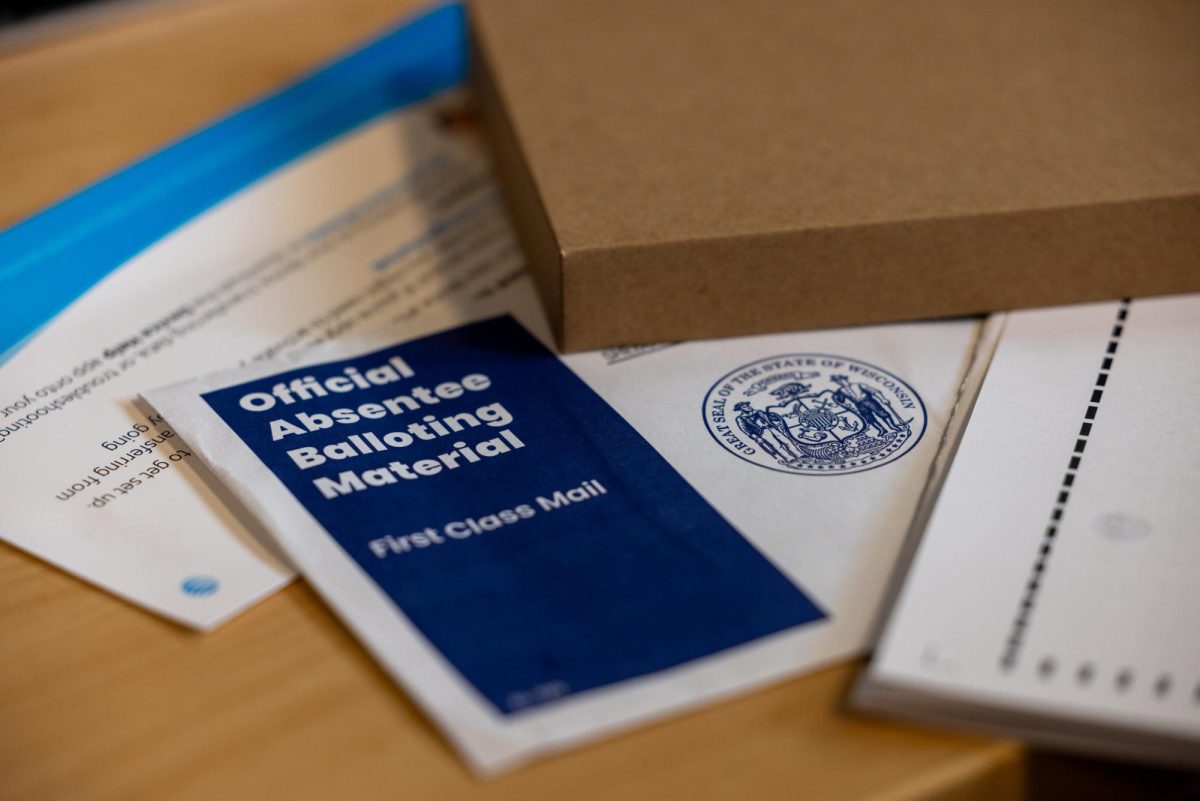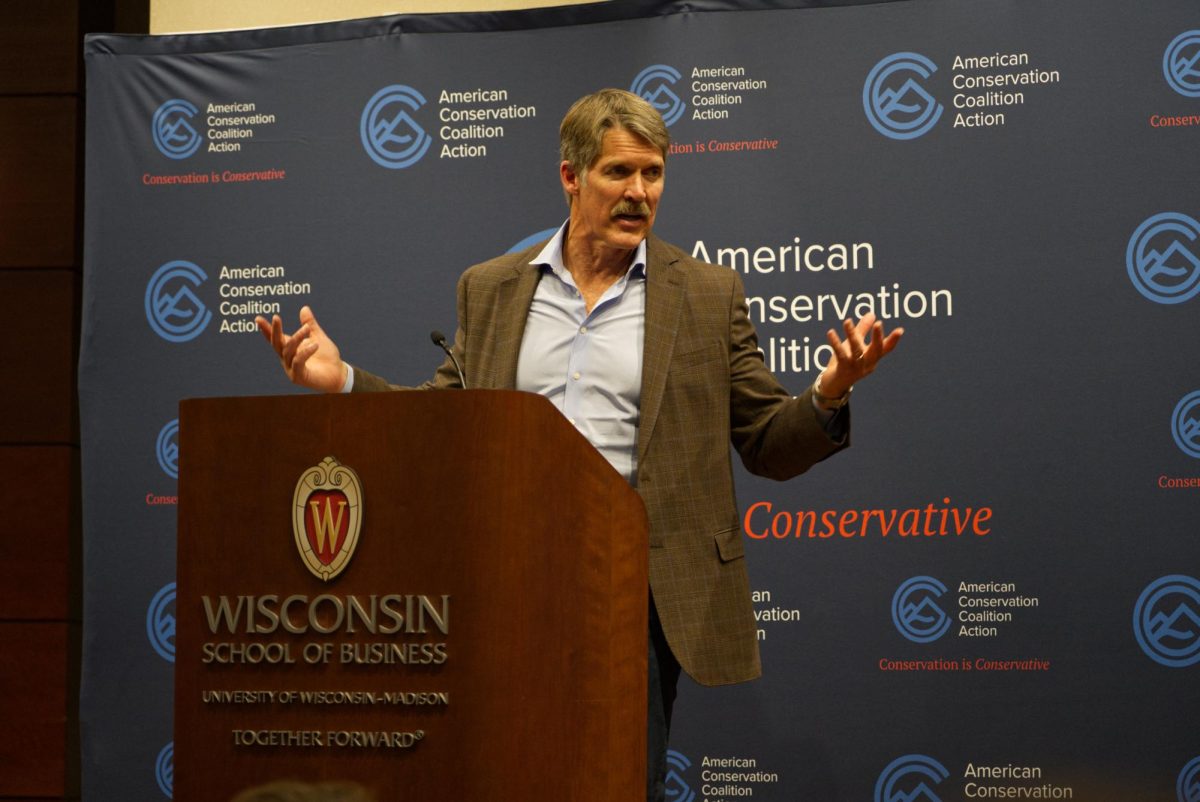The Great Lakes states seeking to force Illinois to contain the spread of Asian Carp received little support from the United States Supreme Court, which rejected a request to solve the dispute Monday.
Michigan Attorney General Mike Cox led the charge joined by six other states, including Wisconsin, and Great Lakes groups in a request for the closure of Chicago-area locks between Illinois canals and Lake Michigan.
Although the Supreme Court gave no reason for its rejection, it ultimately refused to get involved in the issue, meaning Cox will have to appeal to other branches of government for help in the fight against the carp.
“While President Obama has turned a blind eye to the millions of Great Lakes residents who do not happen to live in his home state of Illinois, it is now up to him to save thousands of Michigan jobs and our environment,” Cox said in a statement.
Closing the locks was seen by supporters as a method of containing the dominating carp, an invasive species that has spread to the Mississippi River but has yet to be spotted in the Great Lakes themselves.
“There’s been a lot of monitoring in the waterways around Chicago this winter, but we haven’t caught any live carp. It’s a little bit unclear if there are any carp there and we just haven’t caught them,” said Matt Doss, policy director for the Great Lakes Commission. “I think there’s a lot of uncertainty about what the future holds.”
Asian Carp are a ravenous, prolific and enormous invasive species with the potential to grow up to four feet in length and a weight of 100 pounds. The fish has already dominated native fish in the Illinois and Mississippi rivers and is expected to disrupt the food chains in the lakes if they are allowed to spread.
In January 2010, carp DNA was found in the Chicago Sanitary and Ship Canal, the site of the locks the request sought to close. No carp have been found above the electric barrier that was built to keep the carp from migrating into the Great Lakes, however.
Ironically, the electric barrier itself, which uses a pulsating electric current to repel the carp, was constructed 10 years ago to prevent invasive species from moving from the Great Lakes into the Mississippi River, but is now being used to seal off the lakes from the other direction, Doss said.
Although the Supreme Court opted to stay out of the dispute, Cox sees this as a problem that does not necessarily have to be solved through legal avenues, Joy Yearout, spokesperson for Cox, said.
“It’s pretty obvious at this point that Obama has not made this a priority, but that doesn’t mean that he can’t be persuaded to make this a priority by American citizens,” Yearout said.
The Obama administration unveiled a five-year $2.2 billion plan in February to clean up the Great Lakes, including a “zero tolerance” policy against invasive species such as the Asian Carp.













